Connecting 12V batteries in parallel and series is an effective solution, giving your customers with better experience. Your various applications, such as solar power systems, uninterruptible power supply systems, golf carts, and RV camps are equipped with modular battery packs in parallel and series.
We share guidelines on how to connect two 12 volt batteries in parallel or series to make 12 or 24 volts.
What Does Connecting Batteries in Parallel and Series Mean?
Connecting batteries in series and parallel means increasing the voltage or capacity of a battery system. When you wire batteries in parallel, the voltage stays the same, but the capacity increases.
For example, connecting two 12V batteries with a capacity of 100Ah will give you a 12V battery with a capacity of 200Ah. In contrast, when you wire batteries in series, the voltage increases, but the capacity stays the same.
Therefore, connecting the same two 12V batteries will give you a 24V battery with a capacity of 100Ah. This is the difference between series and parallel connections in the battery.
The total available energy (watt-hours) remains the same regardless of how you connect the batteries. You calculate watt-hours by multiplying voltage by capacity. The total complete energy for both systems is 2400 watt-hours.
It is important to note that battery connection in parallel and series settings should have the same voltage and capacity ratings. Mixing and mismatching voltages and capacities would cause the batteries damaged.
Voltage mismatch between batteries connected in parallel results in circulating currents and hence loss of energy, overcharging, or over-discharging. Capacity mismatch between batteries connected in series applies reverse charging in the lower capacity battery during discharging, causing irreversible electrode material damage.
How to Safely Connect 12V Batteries in Parallel and Series?
Before connecting batteries in parallel (for increased capacity) or series (for higher voltage), follow these essential safety and setup guidelines to ensure a reliable and hazard-free system.
- Prepare the Right Tools & Safety Gear: Ensure you have the following before starting, battery cables (positive and negative), wire cutters/strippers, wrenches or socket wrenches, safety glasses, and gloves on hand before making parallel and series connections. In addition, work in a well-ventilated area to avoid inhaling any harmful gases that the process may emit.
- Before powering on, perform a final safety check by verifying all connections have correct polarity and tight terminals, testing voltage and capacity with a multimeter, and inspecting for any exposed wires or loose components.
How to Connect Two 12 Volt Batteries in Parallel?
A 12-volt system includes two or more 12-volt batteries connected in parallel (positive to positive, negative to negative). This configuration increases the battery capacity (Ah) while keeping the voltage the same.
The battery wires should be the same length for parallel connections which ensures the working current is the same for each battery pack, internal resistance matching is also critical. According to Ohm’s Law (I = V/R), even a small difference in resistance causes unequal current distribution. Batteries with lower internal resistance will draw more current and risk overloading.
Never mix new and aged batteries in parallel. Aged batteries typically have higher internal resistance, which causes newer batteries to take on a disproportionate current load. This can lead to overheating, faster degradation, and shortened lifespan of the newer batteries.
Parallel connections are common where higher current requirements or longer run times are required. Examples are in applications such as RVs, marine, golf carts, and backup power.
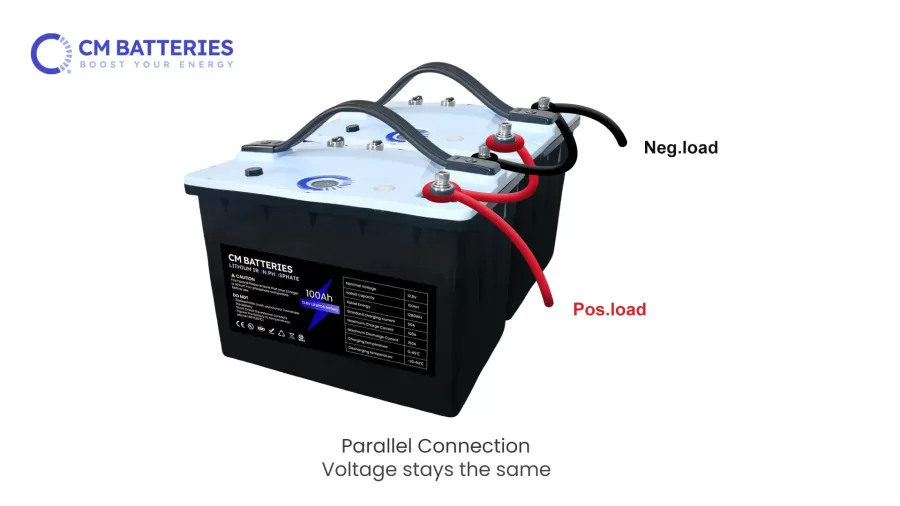
As shown in Figure 1, the negative terminal of the first battery is connected to the negative terminal of the second battery, and the positive terminal is also connected to the positive terminal. Connecting two 12-volt batteries in parallel means paralleling two 12V 100Ah batteries into one 12V 200Ah battery.
What Are The Advantages of Connecting Batteries in Parallel?
The benefits of paralleling batteries are as follows: If one of the batteries becomes empty or has a malfunction, the remaining batteries in the system can still deliver power. It is feasible to increase the system’s possible runtime while preserving voltage. Because amp-hour capacity accumulates, connecting two batteries in parallel may double runtime, three batteries can triple runtime, and so on.
Parallel-connected batteries have a lower system voltage than series-connected batteries for higher current applications. As a result, more current requires larger cables and a bigger voltage drop.
When running at lower voltages, larger electrical devices and power generators are more difficult to operate and less efficient.
The output current of 4 12V batteries in parallel is divided over numerous branches, reducing the heat generation per cell. It minimizes thermal runaway risk from localized overheating and reduces capacity fade. Additionally, protection circuits in parallel systems restrict overcurrent risks, preventing localized overloads due to internal resistance mismatch.
How to Connect Two 12 Volt Batteries to Make 24 Volts?
How to connect two 12-volt batteries to make 24 volts is requested to connect them in series. It means you connect the positive terminal of one battery to the negative terminal of the next battery. Continue connecting batteries in this manner until all batteries are connected.
The final connection should be the positive terminal of the last battery to the negative terminal of the first battery. At CM Batteries, our modular battery pack allows up to 4 pieces of lithium batteries to be connected in series to create a 48-volt system. Make sure you do not exceed its recommended limit for the number of batteries connected in series.
The total voltage of the battery pack will be the sum of the voltages of the individual cells. In this case, the voltage of the battery pack will be 24 volts. As shown in Figure 2, you can see two 12V 100Ah lithium iron phosphate batteries connected in series.
As shown in Figure 1, you can see two 12V 100 Ah LiFePO4 batteries connected in series. When you connect the positive terminal of the first battery to the negative terminal of the second battery, the batteries form a series connection. This adds their voltages together, creating a total system voltage of 24 volts. The capacities of the batteries remain the same, so the total system capacity is 100 Ah.
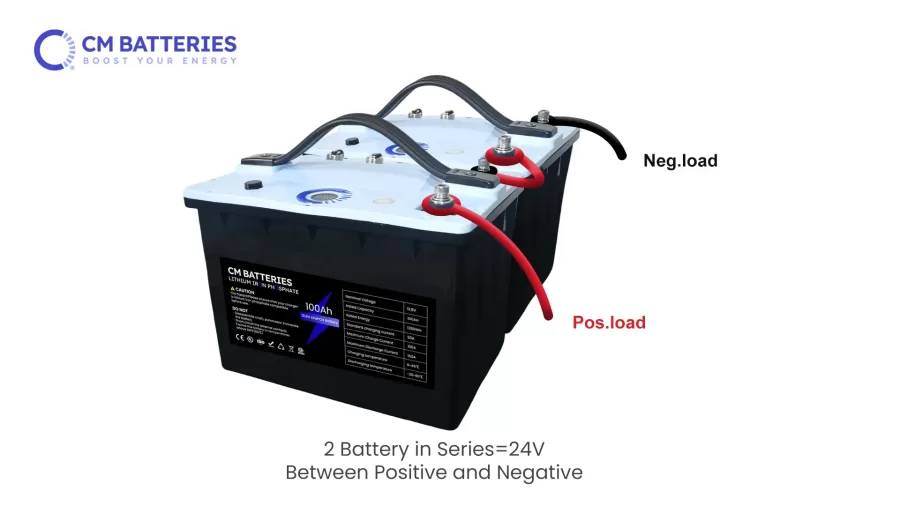
What’s The Benefits of Wiring Two 12 Volt Batteries in Series?
- When two batteries are wired in series, the batteries are not all connected to the same voltage source. This helps prevent overcharging or over-discharging of the batteries, which can damage them and increase the risk of fire.
- If you are using the battery pack to power a 24-volt device such as a solar panel or an RV, connecting the batteries in series will give you the voltage you need.
- Connecting two batteries in series helps reduce the cost of your battery system. This is because you can use fewer batteries, saving on the initial purchase price as well as maintenance and replacement costs.
- A greater system voltage requires less current to power a device. This can be beneficial in a variety of ways. It can, for example, lower the size and expense of the wiring, as well as the amount of voltage drop in the system.
- A higher system voltage allows you to deliver more power to the batteries during charging. This is especially useful if you are using a solar charger or another charger limited by its amperage rating.
- Increasing the system voltage can enhance the efficiency of the battery bank. This is due to the batteries’ ability to run at a lower current.
Here is an example of how running batteries in series can benefit a real-world situation.
- A 360-watt device operating at 12 volts will draw 30 amps. This means that the wiring in the system must be able to carry 30 amps of current without overheating or causing a voltage drop. If the same device ran at 24 volts, it would only draw 15 amps of current. This would allow the use of thinner wiring, which would save money and make the system more compact.
- An MPPT solar charge controller rated at 50 amps can only handle 600 watts of solar power at 12 volts. However, at 24 volts, the same controller can handle 1200 watts of solar power. This means you can use a larger solar array to charge the batteries, increasing the system’s available energy. Understanding solar energy requires grappling with several terms like VA, watts, amps, and volts, which often creates confusion.
However, connecting two 12-volt batteries in series has some disadvantages. This method is more complicated than parallel connections because you must connect the batteries in the correct order to ensure the voltages add up properly. Incorrect wiring can damage the batteries or the equipment powered by the battery pack.
What Are The Best Methods for Connecting 12 Volt Batteries in Series and Parallel?
Connecting batteries in series and parallel may look complicated, don’t worry, we will guide you step by step.
The first step is that you must first confirm the voltage of the battery pack you need.
I will use 24 volts as an example: As Figure 3 shows, we divide the four 12V 100Ah LiFePO4 batteries into 2 strings, each containing 2 batteries connected in series. This gives you two 24V 100Ah battery packs.
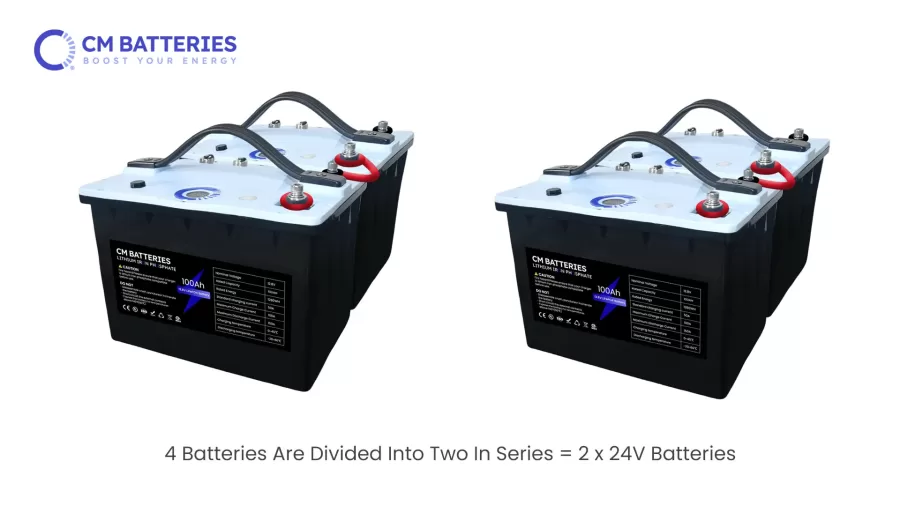
Then we’re going to connect the 2 series in series and parallel by connecting the positive terminal to the positive terminal and the negative terminal to the negative terminal. As shown in Figure 4, two batteries are connected in series to get 24V and then two 24V 100Ah battery packs are connected in parallel to get a 24V 200Ah battery pack.
Keep in mind to double-check all connections, make sure fittings are secured and tightened, and verify voltage and capacity readings with a multimeter before using the battery setup.
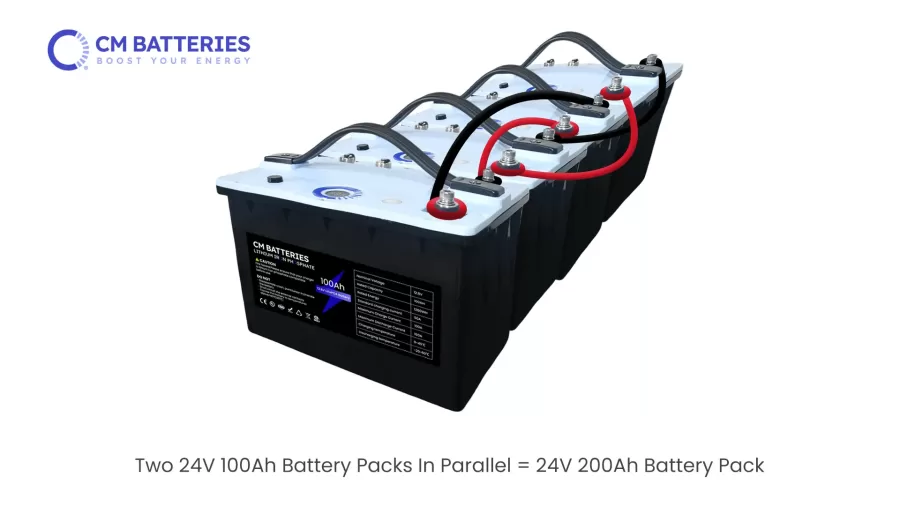
FAQ for Connect Two 12 Volt Batteries in Parallel&Series
Q1: Can I connect batteries of different capacities or sizes?
A: No. Because it will cause the uneven discharge of the battery and may damage the weaker battery. Batteries in series connection with lower capacity will be discharged to exhaustion. In case the battery with the higher capacity continues to discharge, the battery with the lower voltage will become reverse-charged. It will cause the battery to heat up or explode.
Q2: Is it safe to connect batteries in parallel or series?
A: Yes, be sure to follow the tips in this guide to stay safe. However, connecting batteries in series may raise the voltage to dangerous levels, so be sure to wear eyeglasses and gloves when connecting them.
Q3: What are the limits to parallel and series connections?
A: This depends on the type of battery connected. The limitation of the CMB 12V 100Ah LiFePO4 battery is the max 4 series connection and limited parallel connection.
Q4: Which connection option is better for my application?
Batteries for RVs, golf carts, trolling motors, and amusement park rides are all suitable for parallel connection to increase the voltage and provide more power.
Q5: Can I use the battery packs in my home devices directly after connecting them in series and parallel?
No, because lithium batteries output direct current, which most devices cannot use directly. You need to equip a pure sine wave inverter to convert direct current into alternating current before you can use it. The most important thing is that you need to calculate the current and voltage to avoid damaging your equipment.
Q6: Can I connect 12V 100Ah and 12V 200Ah batteries in parallel for a 12V system?
Yes, you can connect a 12V 100Ah and a 12V 200Ah battery in parallel for a 12V system. However, ensure both batteries have similar chemistry, age, and state of charge to avoid imbalances. The total capacity will be 300Ah.
Conclusion
We must re-emphasize following the necessary safety precautions and having the proper tools and materials given during the connection process. CMB specializes in custom lithium ion battery packs, if you have any specific requirements or confusion about how to connect two 12-volt batteries in parallel or series, CMB’s professional engineers will guide you to how to connect two 12 volt batteries in parallel and series. Connecting 12V batteries in parallel and series increases the voltage and capacity in your battery system.

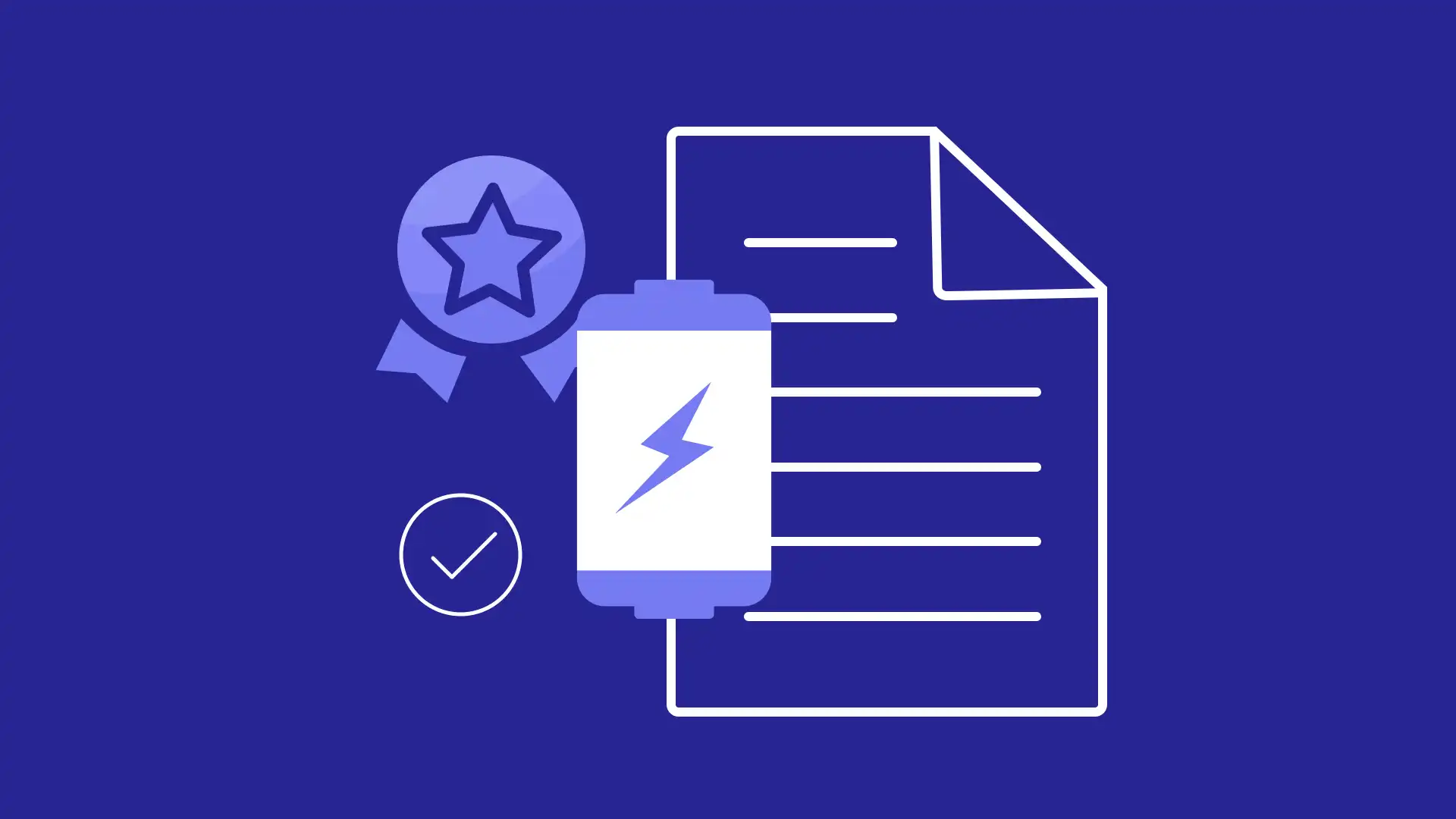
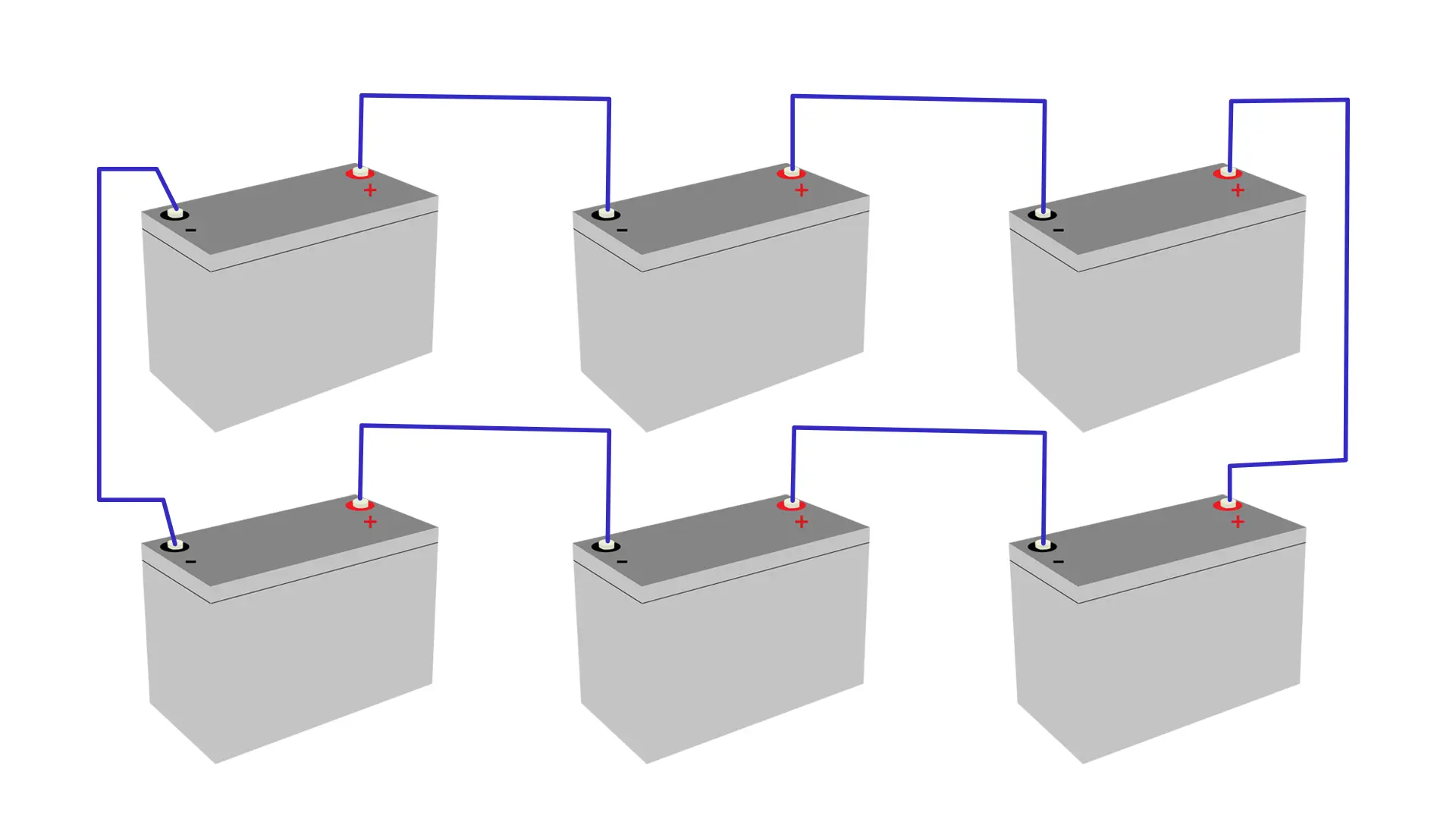
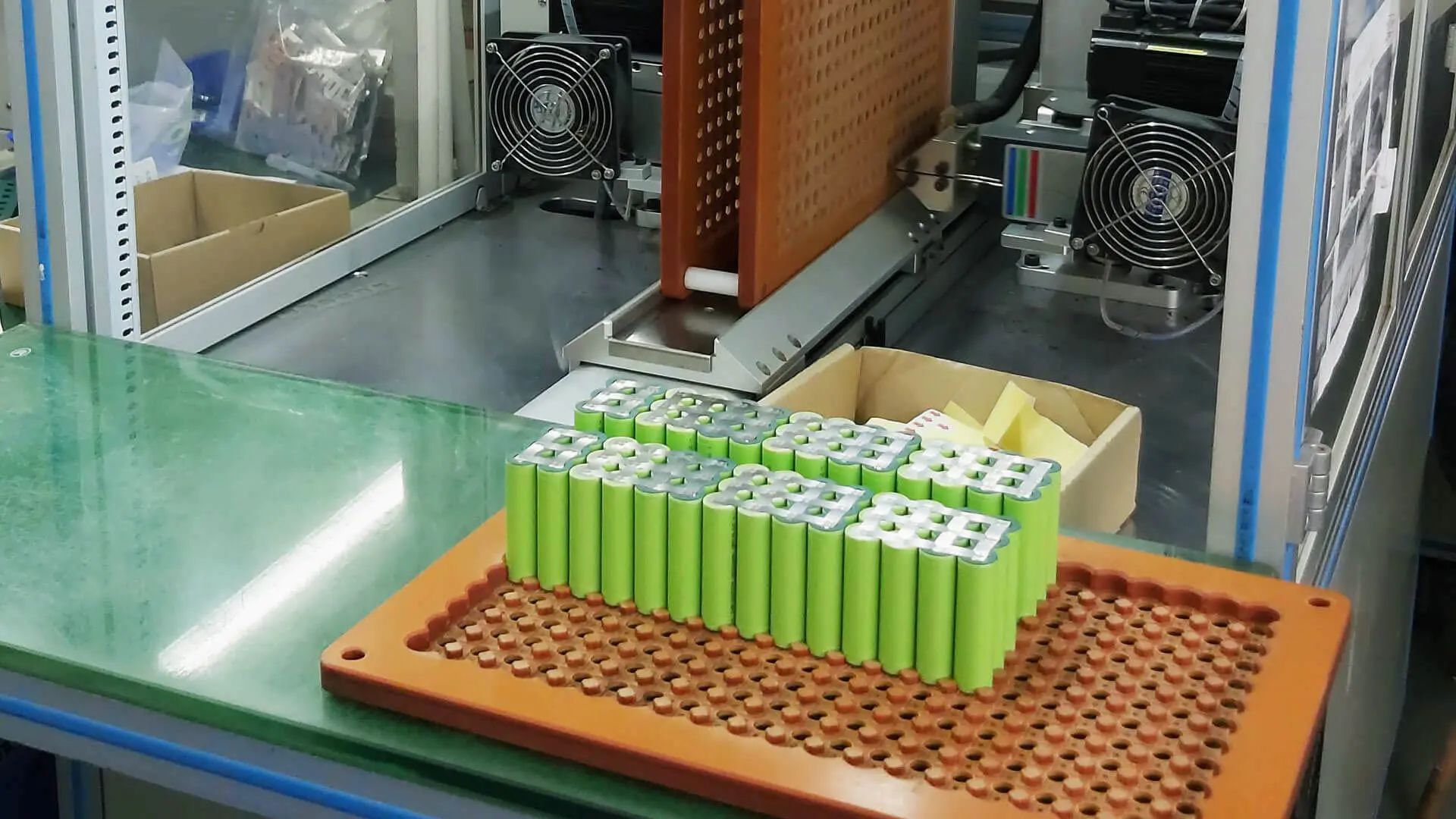
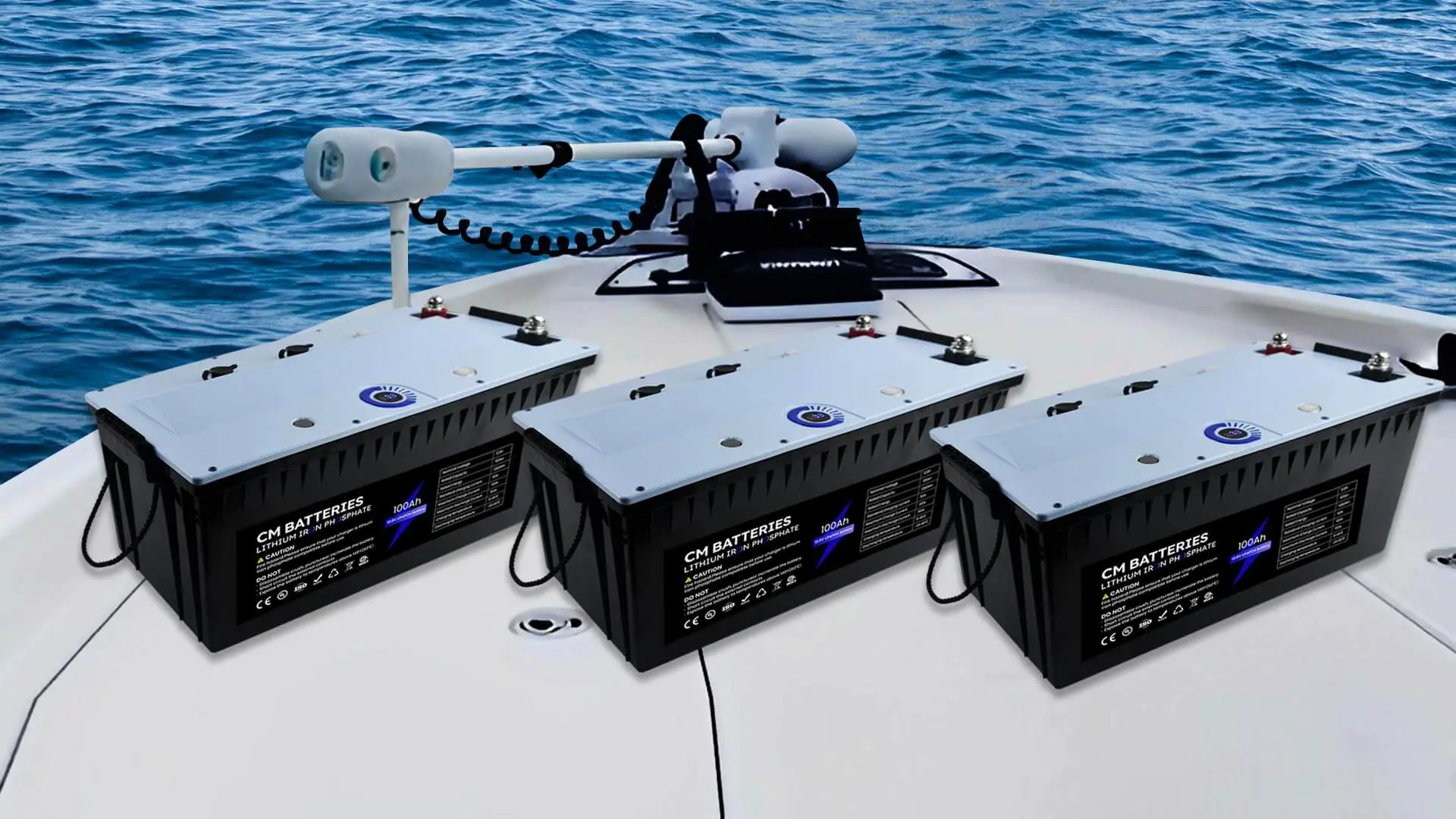





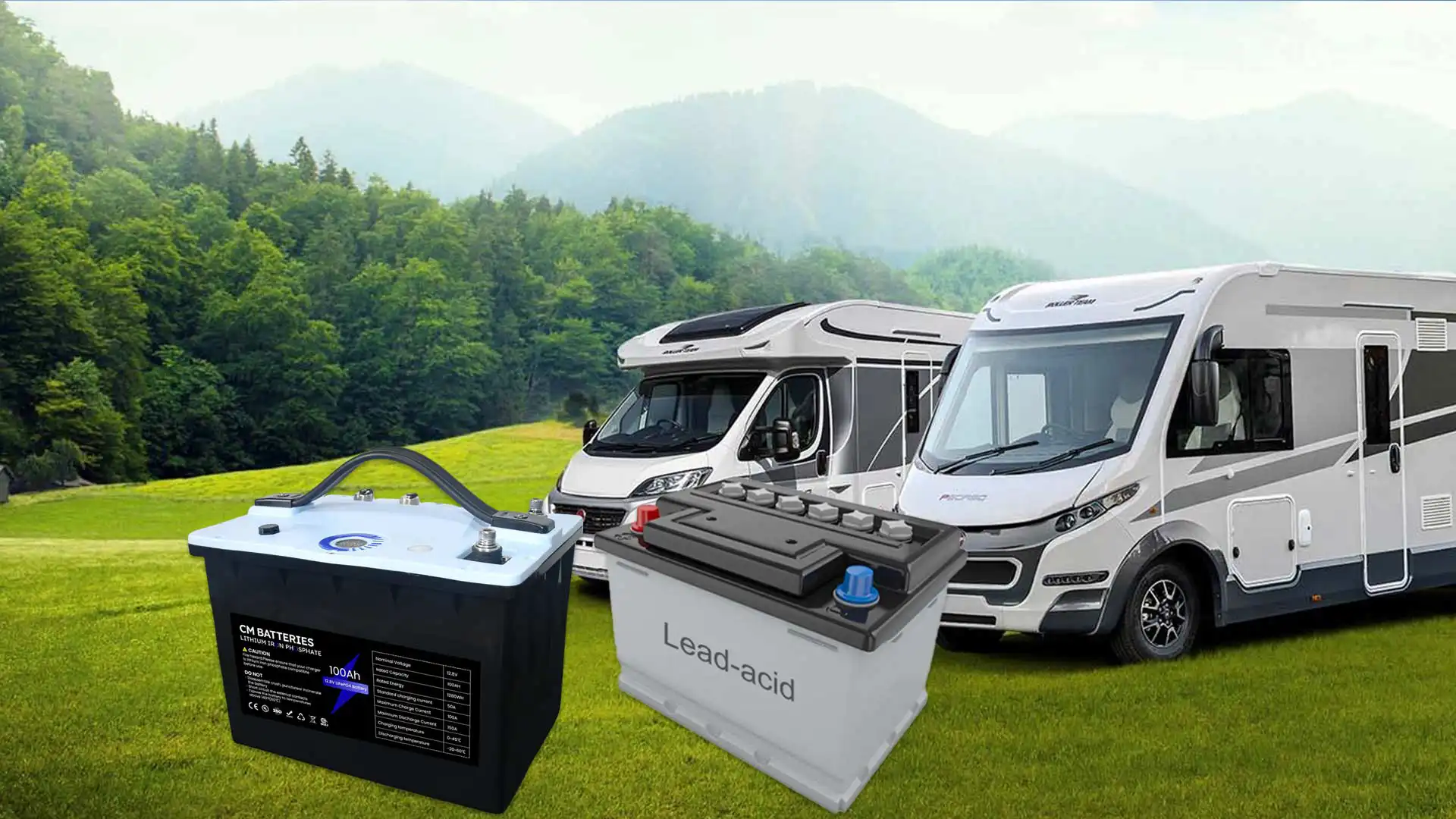

One thought